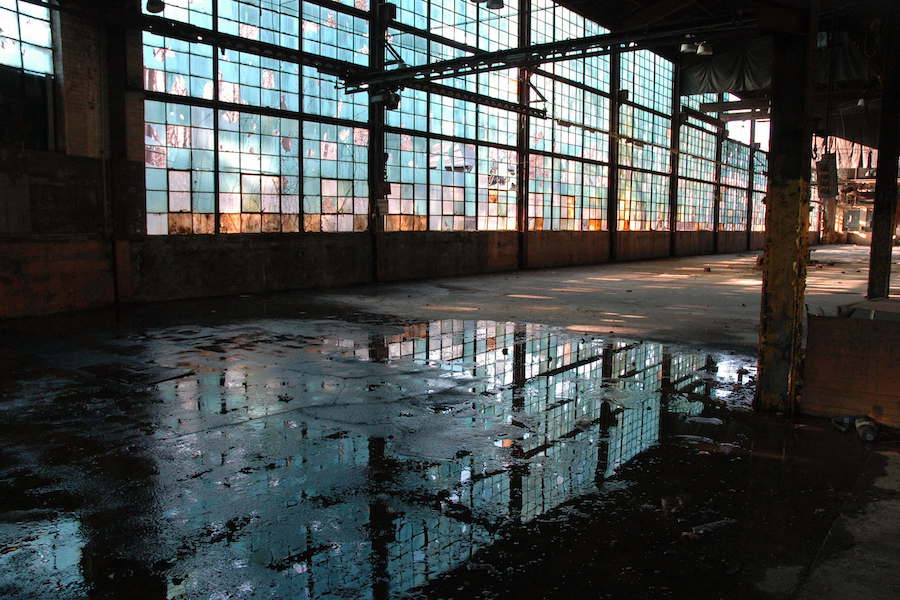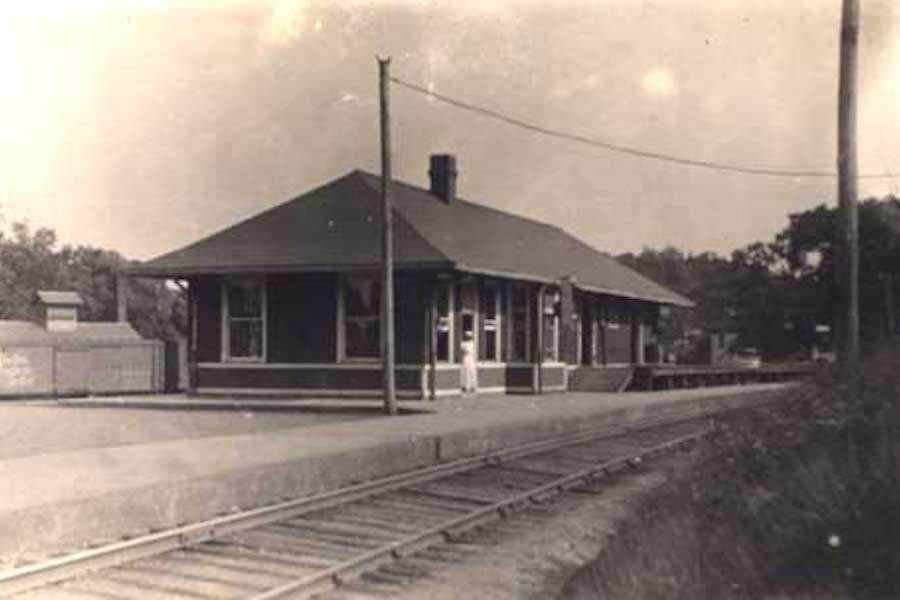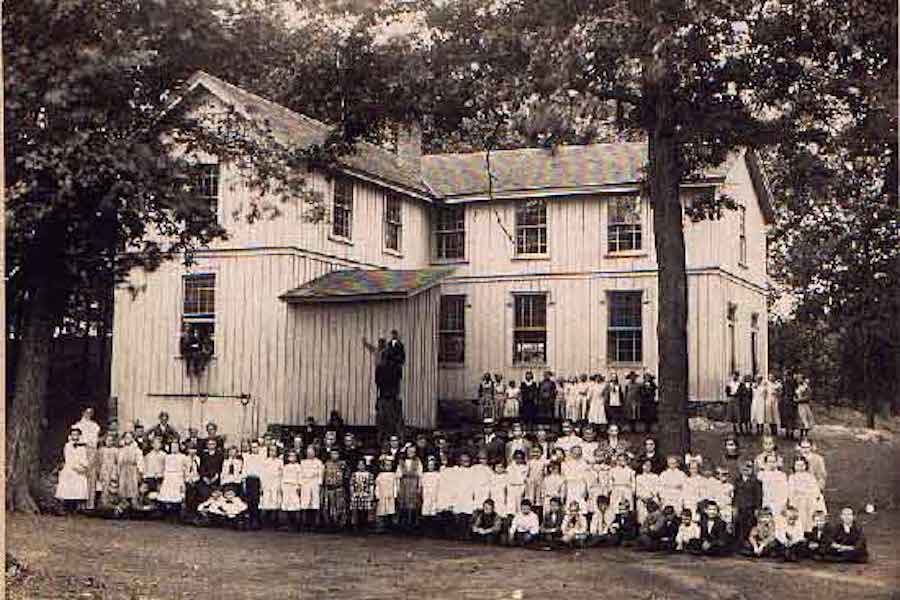

Dive into a five-part lecture series, Destination: Georgetown, where we explore the impact of the Gilbert & Bennett Manufacturing Company on the development of Georgetown and surrounding towns.
The Destination: Georgetown lecture series explores the lived experience of the Gilbert & Bennett Wire Mill complex in Georgetown and its involvement in the creation of “place.” Closed in 1989, the mill remains a landmark tied to the development of the area – the settlement of Swedish immigrants, education and the construction of a school, and the local labor movement. This lecture series presents a new look at the mill and helps us understand Georgetown as a place of cooperation and diversity.
A moderated round table. Listen as architects, artists, and historians reveal their perspectives on the Gilbert & Bennett Wire Mill and its lasting impression on Georgetown.
Co-Sponsors: Town of Redding & Georgetown Village Restoration

This lecture explores the cultural and local significance of the Gilbert and Bennett Wire Mill through multiple lenses – architectural, lived experience as documented by a professional photographer, and a town historian – to contextualize the mill and its importance in the development of Georgetown.
Dr. Daryn Reyman-Lock, a Historic Preservation Specialist with a specialty in social theory of space and urban environments, will moderate the discussion and explore the idea of “urban ruins” – how do they inform development, document identity, and play an active role in the understanding of landscapes from a social perspective.
Featured Speakers:
Photo Courtesy of Elyse Shapiro Photography
The Gilbert and Bennett Manufacturing Co. became a catalyst for change in Georgetown. Wilton Historical Society Director Nick Foster discusses the mill’s workers, the conditions they faced, and the enduring legacy they left behind.
Co-Sponsor: Wilton Historical Society

The Gilbert and Bennett Manufacturing Company traced its roots to 18th-century hand-woven, homemade horsehair sieves. As the 1800s progressed, the company quickly grew. By the mid-19th century, the company exported products across the country and its workforce was diverse – a stark contrast with the local farming community of descendants of the town’s earliest English colonizers.
In this lecture, Nick Foster examines the workers that made the Gilbert & Bennett Manufacturing Co. an industrial giant.
Photo Courtesy of Elyse Shapiro Photography
Redding Co-Historian Brent Colley discusses how the railroad shaped Gilbert & Bennett’s success and aided the growth of surrounding areas.
Co-Sponsor: Ridgefield Historical Society

This lecture was co-sponsored by the Ridgefield Historical Society. Town of Redding Co-Historian Brent Colley examines how the institution of the railroad helped shape the success of the Gilbert & Bennett Wire Mill and impacted the growth of the surrounding areas, including Branchville, a section of Ridgefield.
The Gilbert & Bennett’s mill village, “Swedetown,” was an enclave of Scandinavian heritage in Weston. Listen to Samantha Kulish-Fargione discuss the community’s lasting ethnic impacts.
Co-Sponsor: Weston History & Culture Center

This lecture was co-sponsored by Weston History & Culture Center and presented by their executive director, Samantha Fargione. Around 1900, a large contingent of Scandinavian immigrants, nearly all of whom worked for the Gilbert & Bennett Wire Mill, established a community known as “Swedetown” in Weston. An enclave of Scandinavian ethnicity and heritage, the mill village was served by the Swedish Covenant Congregational Church, and two churches in Redding – a Swedish-Finnish Lutheran Church and the Gilbert & Bennett Memorial Church.
Photo Courtesy of Elyse Shapiro Photography
The Gilbert & Bennett Manufacturing Company provided $10,000 for the construction of the first modern schoolhouse in Wilton. Nick Foster examines the company’s role in education in the 19th and 20th centuries.
Co-Sponsor: Wilton Historical Society

This lecture was co-sponsored by Wilton Historical Society. The first modern school in Wilton was built with a $10,000 donation from the Gilbert & Bennett Manufacturing Company. This building was an indicator of a transitional time in Wilton’s history, with immigration and industrialization fueling Gilbert & Bennett’s rapid growth and the town’s transformation into the suburban community it is today. In this lecture, Wilton Historical Society’s director, Nick Foster, discusses the rise of the Gilbert & Bennett Manufacturing Company and Wilton’s often uneven relationship with education in the 19th and early 20th centuries.
Join our email list for the latest news and events!
